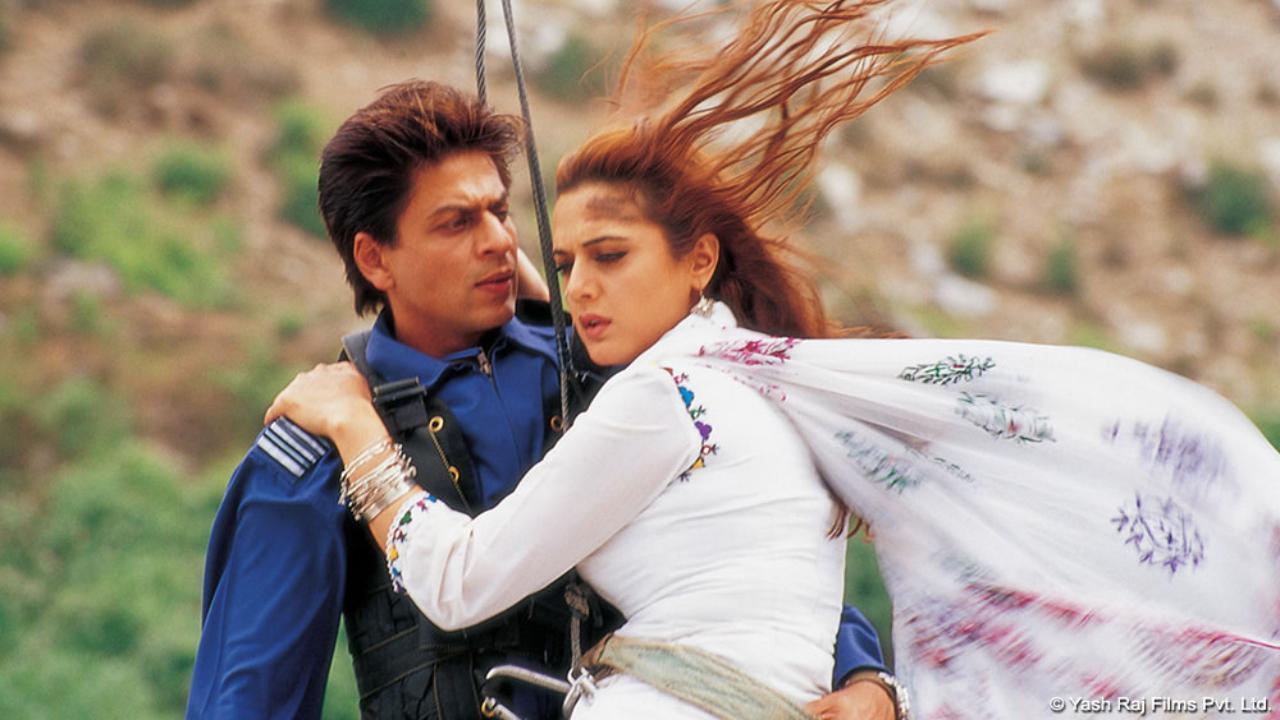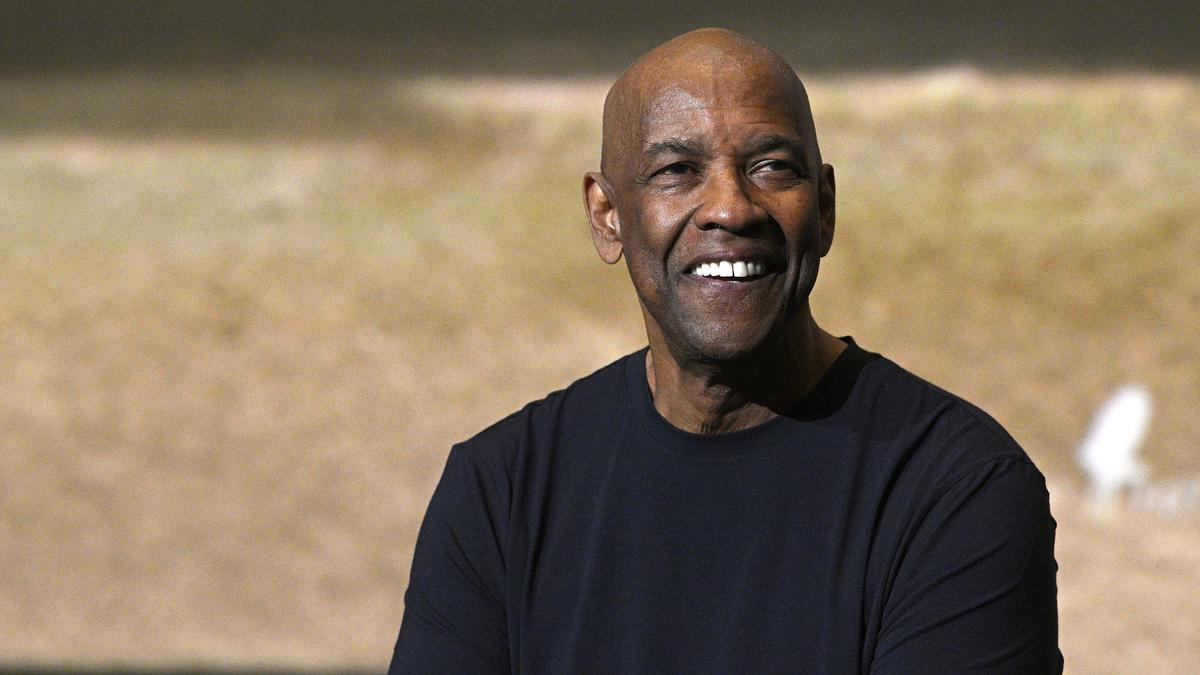
Upon visiting the Asian College of Journalism in Chennai, one is welcomed by a thought-provoking exhibition that demands attention and reflection. This array of art might initially appear simple, its execution perhaps perceived as humble. However, closer examination unpacks a narrative of courage, unity, and belligerent opinions. The hessian sheets that line the walls become canvases carrying the artistic and activist messages from more than 280 contributors, reinforcing the strength found in collective defiance.
Among the showcased works is an image by artist Pushpamala N, depicting a writing slate with a poignant verse commemorating Rohith Vemula. Furthermore, the walls feature Pablo Bartholomew’s vivid images from 1970s Bombay, capturing the essence of late actor Gurcharan Singh Channi’s stirring performances in the avant-garde street theatre work ‘Disturbed Area’, confronting issues of State violence and political unrest.
The compelling exhibit, Hum Sab Sahmat, has emerged as a pandemic project, commemorating the 30-year anniversary of the inspirational 1991 SAHMAT exhibition entitled Images and Words. This earlier event had called upon artists to respond creatively to the political atmosphere of the time through various artistic mediums.
Curators Ram Rahman and Saarthak Singh have also assembled a gripping photographic narration through ‘The Light Has Gone Out’, a series conceptualised last year incorporating historical works by iconic photographers Henri-Cartier Bresson, Margaret Bourke-White, and Max Desfor. This segment meticulously documents the chilling moments surrounding Mahatma Gandhi’s assassination and its aftermath, delineating the role of photojournalism in cementing a historical narrative.
Ram Rahman, a founder of SAHMAT, emphasizes the significance of this collection, highlighting previously unseen images. His curatorial work seeks to reconstruct a defining moment in India’s past and encourage viewers to contemplate the motives and identity of Gandhi’s assassin. The exhibition empathetically bridges personal anecdotes and journalistic diligence in the portrayal of this pivotal episode.
Eloquently displayed in the corridors and upon wooden structures at the entrance, the exhibit is adorned with comments reflecting on the current political landscape during the pandemic. Aban Raza, who led the curation of this display, perceives the show as an ongoing dialogue. The array of themes including environment, communalism, women’s rights, education and responses to events like the Delhi riots required careful integration of visuals and text to construct a coherent narrative.
Designed with inclusivity at its core, the exhibition’s format ensures its resilience to the constraints of physical space. It has toured through Shantiniketan, Bhopal, Ajmer, Jaipur, Himachal Pradesh, and even protest sites since its conception. Each hessian sheet carries the evocative phrase “Hum Sab Sahmat” written in multiple languages, a testament to the vibrant multiculturalism that defines the spirit of the exhibit.
One of the most captivating pieces is a photograph capturing Gandhi’s cremation from a bird’s-eye view. Ram offers a riveting backstory involving both Cartier-Bresson’s use of his compact camera and Max Desfor’s assistance, which culminated in an image published in LIFE magazine under Cartier-Bresson’s name. The curatorial quest touched upon the complexities of image attribution and ownership.
In conclusion, this exhibition invites us to a deeper understanding of events that have shaped a nation’s history, offering us a tangible connection to the past. It stitches together visual records that bring to life narratives often consigned to textbooks, forging an intimate link with history. The outcome is a compelling visual testament that makes the abstract and distant past a concrete experience for visitors at the Asian College of Journalism.










